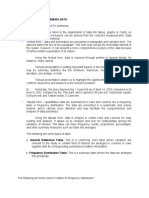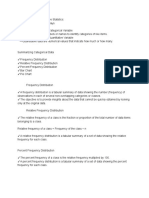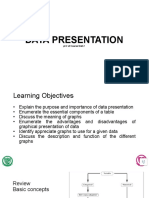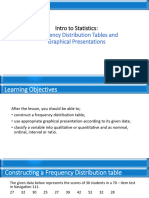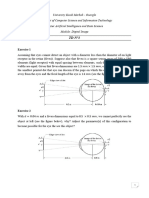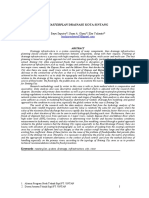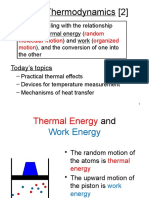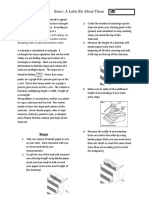0% found this document useful (0 votes)
19 views29 pagesMethods of Presentation Data Lec.3
Uploaded by
zakareaz972Copyright
© © All Rights Reserved
We take content rights seriously. If you suspect this is your content, claim it here.
Available Formats
Download as PDF, TXT or read online on Scribd
0% found this document useful (0 votes)
19 views29 pagesMethods of Presentation Data Lec.3
Uploaded by
zakareaz972Copyright
© © All Rights Reserved
We take content rights seriously. If you suspect this is your content, claim it here.
Available Formats
Download as PDF, TXT or read online on Scribd
/ 29





